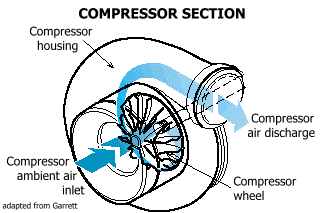
| Topics | |||||||
|
|||||||
| INTRODUCTION |
|---|
| CENTRIFUGAL COMPRESSOR PERFORMANCE |
|---|

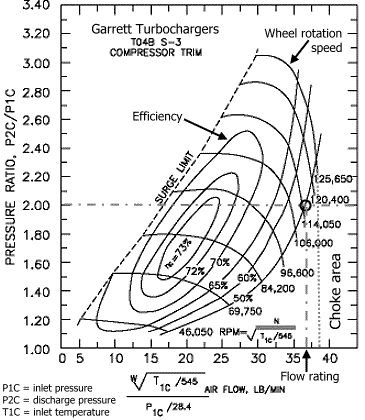
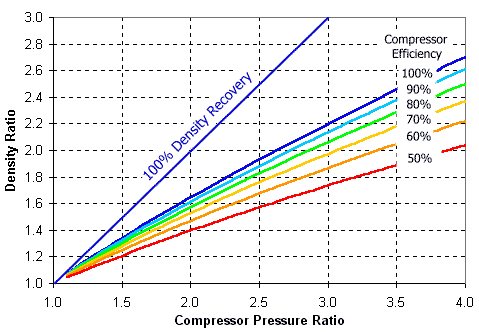
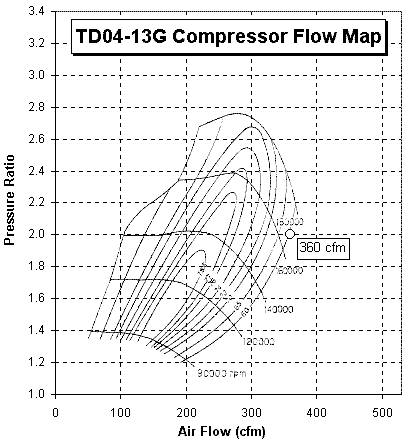
| COMPRESSOR FLOW MAPS |
|---|
| INTERPRETATION |
|---|
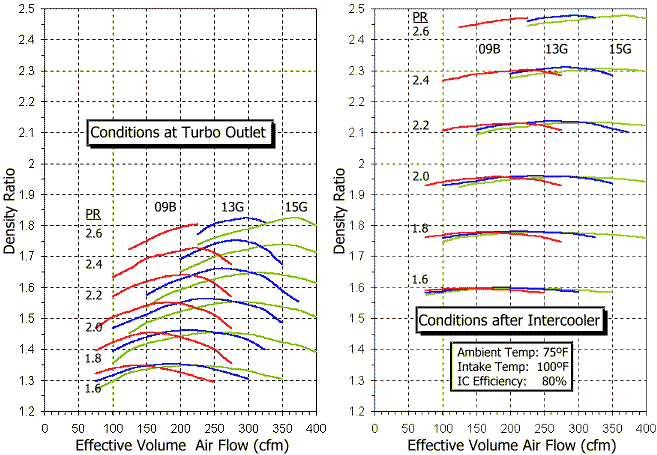
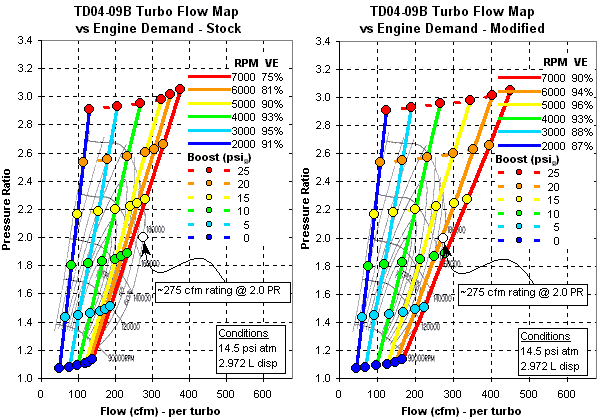
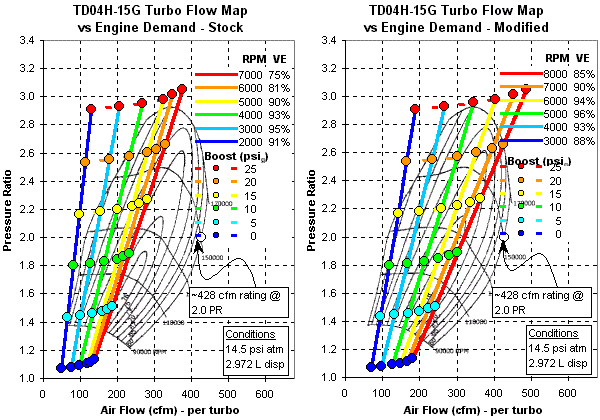
| Flow Maps with Stock Engine Demand Lines | ||
| MHI TD04-09B | MHI TD04-13G | MHI TD04H-15G |
| Flow Maps with 100% VE Engine Demand Lines | ||
| MHI TD05H-14B | MHI TD04H-19T | MHI TD05H-16G large |
| Flow Maps with Modified Engine Demand Lines For a Single Turbo Setup | |
| GT GT42 56-Trim | GT GT42 53-Trim |
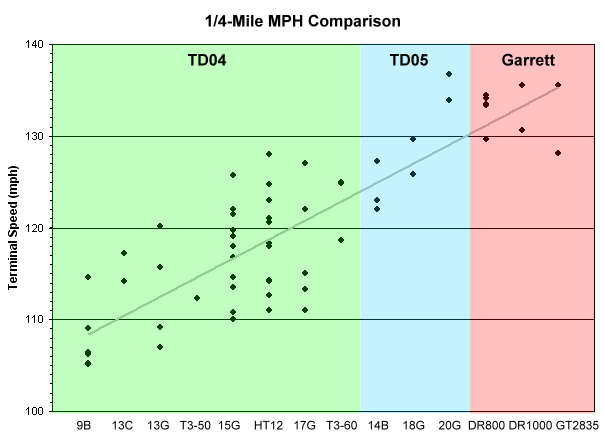
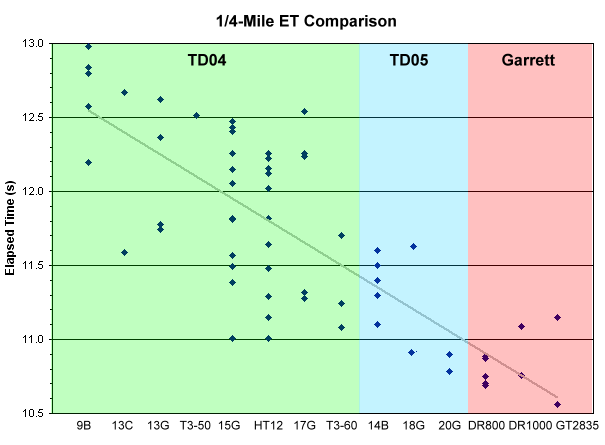
| SUMMARY AND CONCLUSIONS |
|---|
| Links |
|---|
| Back | Home | Forward |